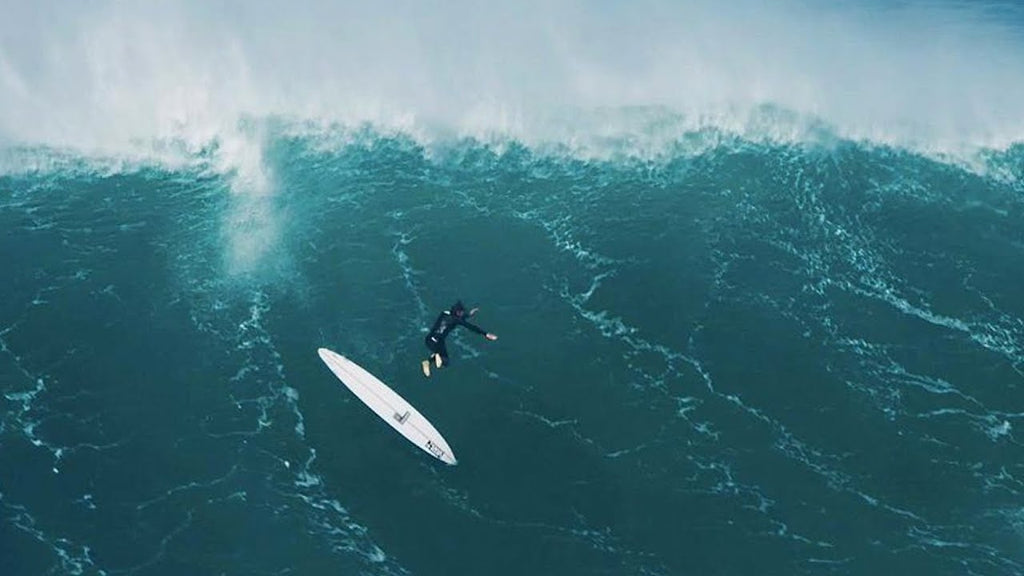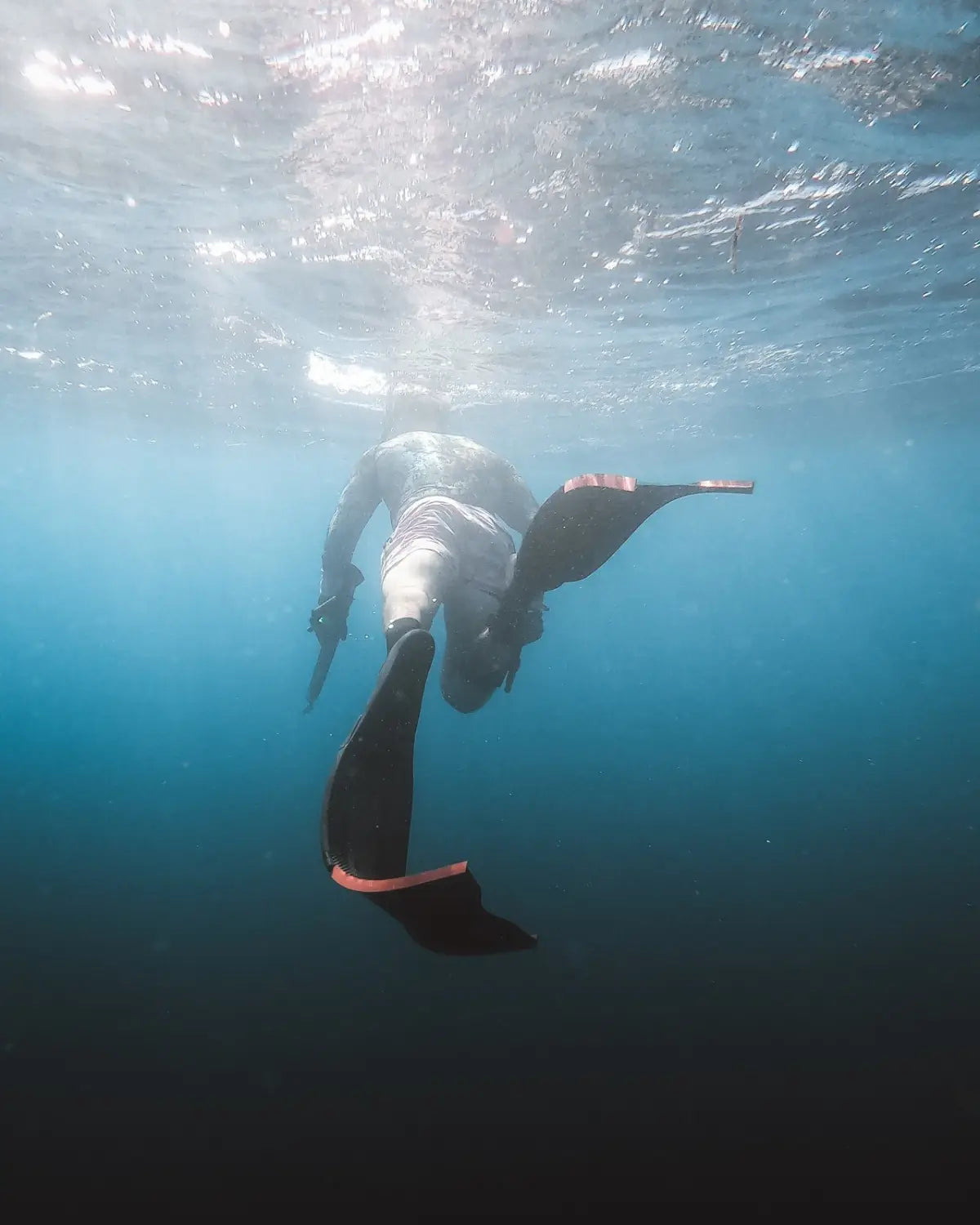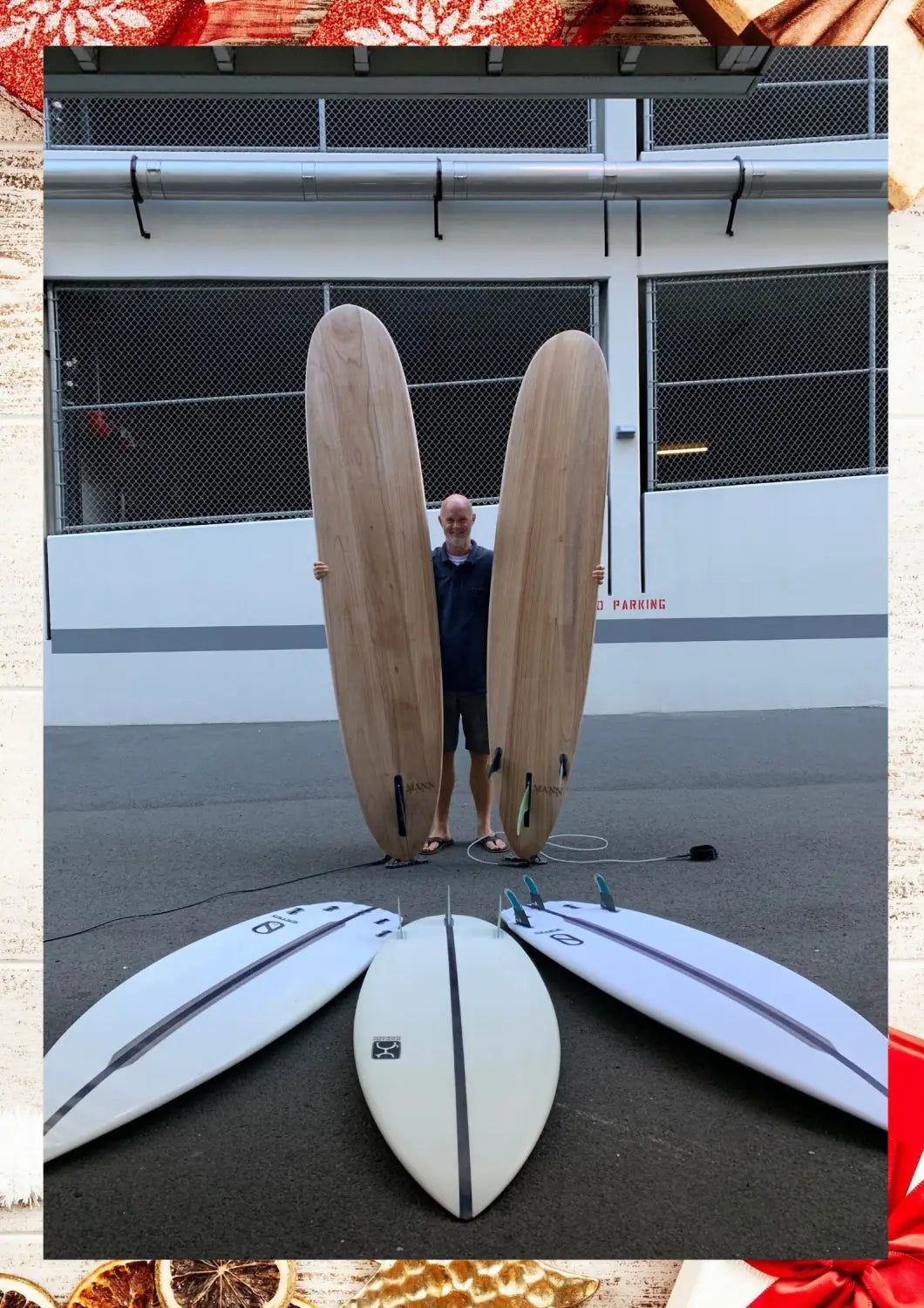Hawaiian South Shore November 2021 Newsletter Part 1
How to Deal with a Wipeout
The surf media spends a lot of time focusing on huge wipeouts in XXL waves—and for good reason. These wipeouts are dramatic and terrifying, and at times dangerous and life-threatening. But most people will never surf waves that large or experience wipeouts of that magnitude. Indeed, the majority of wipeouts that people take are in the under-triple-overhead range, yet they can still be stressful and even dangerous. This is why it is so important to learn how to wipeout properly and in the safest possible manner.

The first thing to keep in mind when wiping out is that you want to get as far away from your board as possible. Surfboards are hard (often made of fiberglass) and have a number of sharp points, including fins and noses. These can cause serious injuries if you get hit by your surfboard, and it is often difficult to control where the surfboard goes while it is getting flung around by the whitewater. With closeout backside barrels in particular, it is important to jump away from your surfboard to avoid any contact.
At the same time, you also want to remain aware of the bottom and how shallow it is. If you are surfing a deep-water wave, you probably won’t hit bottom. But shallower waves can be quite dangerous, even if the waves themselves are quite small. When falling, take note of how close the bottom is, and land flat if necessary to avoid penetrating deep into the water.

Another way to avoid hitting bottom is to use small micro-movements with your hands while you are getting worked. Kicking with your feet while underwater at shallow reef waves is dangerous, as you are likely to kick the reef and get injured. Instead, do small strokes with your hands by your sides to help keep yourself from going too deep under water and striking the reef.
If you do find yourself on the bottom, take stock of what you are standing on. If it’s sand, you can probably just push off and swim to the surface. If it’s reef, on the other hand, you may want to avoid pushing down hard with your feet, as doing so could embed coral or sea urchins deeper into your skin.
As if hitting the bottom weren’t enough to think about, you are also dealing with a lack of oxygen while taking a wipeout. Fortunately, in waves that are less than triple-overhead, you are very unlikely to be held down for longer than 15 seconds—and anyone can survive a 15-second hold down, even if they get the wind knocked out of them when they fall. While it might feel like you have been underwater for eternity, that is likely because of the stressful nature of the situation. Instead of freaking out, relax and start to consciously count the seconds you are underwater. By becoming more aware of how long you have been down, you will realize that the hold down is actually quite short and you are not in any major danger, and this will enable you to relax.
When you start to come up from your wipeout, remember to keep your arms above your head. This will keep you from accidentally getting hit in the head or face by your surfboard and also protect you in case another surfer on the next wave is riding toward you and doesn’t see you. Once you break the surface, take a quick breath of air, look around and take stock of your situation to see if there are any other surfers, rocks, or waves to avoid, then jump back on your surfboard and paddle out for more fun!
Why We Need to Stop Eating Parrot Fish

Spearfishing has long been part of the waterman and waterwoman lifestyle, and one of the near-shore reef fish that are popular for spearing are parrot fish. These brilliant blue and green fish are pretty easy to shoot and make a nice meal, but they are also somewhat dangerous to consume, due to the high prevalence of ciguatera, which is a toxin that comes from eating the algae on the reefs. For this reason, it has long been suggested that people be quite careful when fishing for parrot fish, as ciguatera can make humans extremely sick.
As it turns out, there’s another reason to avoid shooting and eating parrot fish, and it once again has to do with the fact that they eat algae off the reef. I recently found a post from Nautical Solutions that brings attention to this issue, explaining that parrot fish spend up to 90 percent of their day eating algae and dead coral, effectively cleaning up the ocean and helping our reefs to thrive. They also poop out fine, white sand that ultimately line our shores—yes, parrot fish literally turn toxic, reef-killing algae into beautiful beaches! But parrot fish numbers are currently extremely depleted, to the point that they can no longer be fished sustainably. By catching and eating parrot fish, you are not only killing the fish, but also contributing to the death of the reefs that will not be able to survive without the algae-eating filter fish that we have grown accustomed to seeing swim beneath us as we surf.
For this reason, I’d like to encourage all of our fishermen and women out there to give parrot fish a bit of a break until their population has a chance to recover. There are lots of other fish out there to eat that aren’t currently depleted, so let’s focus on them instead of the parrot fish, which is essential to the health of our ocean. Or maybe take this opportunity to try out a vegetarian diet for a while! Either way, next time you see a parrot fish, thank it for keeping the ocean beautiful rather than shooting it!

Hawaiian South Shore Member of the Month - Erek Riccobuano

When and why did you initially get into surfing?
I first surfed when I was 16 years old in 1989. I borrowed a board before going on a bike trip with the Boy Scouts, where we rode our bikes from Santa Cruz to Pismo Beach. We had someone’s dad carry our boards and tents and tried to surf a bunch of beaches along the way during our week long trek. It was super cold and I didn’t even know what side to apply the wax but I was hooked and by the end of the trip, I was standing up. I continued to surf at Stinson Beach with an occasional trip to Newport Beach. After high school I took a break from surfing until I came to Hawaii in 1995.
Did you have a time period you laid off from surfing?
After graduating high school in 1991, I took a break from surfing when I moved to Japan. I didn’t pick it back up until I came to Hawaii in 1995. Going to BYU-Hawaii, I surfed at Goat Island, Sunset Beach, Rocky Point, and Turtle Bay. Then I moved back to San Francisco and surfed all over the Northern California coast until I graduated in 1998. I moved back to Japan and surfed Kugenuma Kaigan and Chiba until I moved back to Hawaii for good in 2003.
What is your favorite thing about surfing?
I love surfing with and coaching my kids. They grew up surfing everyday and competing almost every weekend. Watching them get good waves is more fun than riding it myself.
Where is your favorite place to eat after surfing?
Banzai Bowls in the North Shore
What is your favorite item on the menu?
Da Kine Acai Bowl with extra honey, extra peanut butter in the blend, strawberries, and chia seeds.
What other hobbies do you have besides surfing?
Basketball, working out, online Chess, and watching MotoGP
What type of work do you do?
Services Delivery Manager for Cisco Systems. Basically, I manage our services business and engineers the Pacific region. We implement and optimize IT networks for our customers in Hawaii, Japan, Korea, Alaska, and Guam.
Tell us about the board you recently purchased from us. What model and size is it, and how do you like its performance?
For the small days in the South Shore winter season, and when I’m too lazy to drive to the north shore, I bought a 9’9” Firewire Timbertek Special T log. It catches everything. Although I prefer to ride a longboard, I wanted something that would get me motivated to surf even the smaller days.
Do you have any additional comments?
My quiver consists of The 9’9” Firewire Special T Timbertek, 9’0 Firewire Timbertek TJ Pro, 6’6” Firewire Sci-Fi 2.0, and 6’1” Firewire Glazer. I am 6’2” tall and weigh 220lbs.
All I need now is a gun for the bigger days in North Shore and the quiver will be complete.

